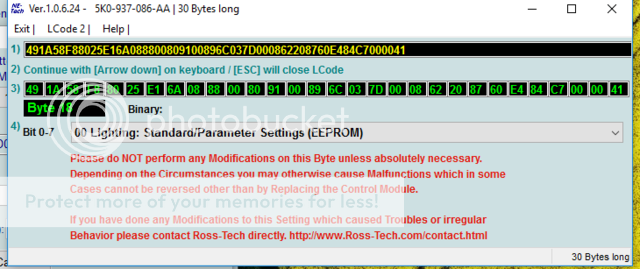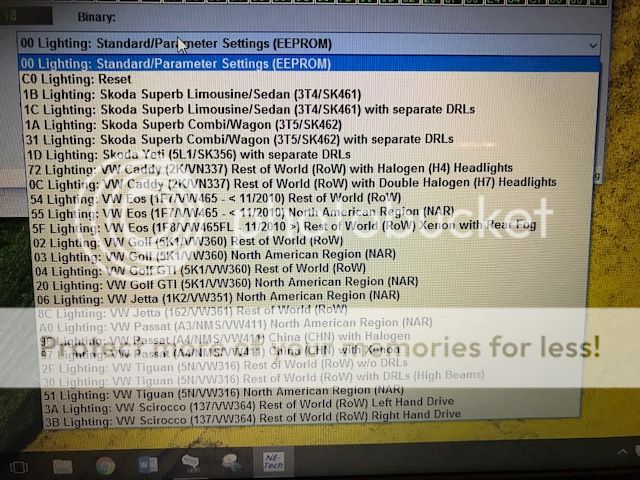Sorry Gary, i misunderstood your previous post, and probably caused some confusion as well.
Yes, it is the stop/tail lights that i am hoping to find some leds for, but at some point, will certainly use LEDs for the licence plate if i can find some that aren't too bright and so ill adjust the codes available accordingly.


Yes, it is the stop/tail lights that i am hoping to find some leds for, but at some point, will certainly use LEDs for the licence plate if i can find some that aren't too bright and so ill adjust the codes available accordingly.


Last edited:












 I now have the LED festoon bulbs so I'll do some further testing tomorrow with those in place of the incandescent bulbs.
I now have the LED festoon bulbs so I'll do some further testing tomorrow with those in place of the incandescent bulbs.


